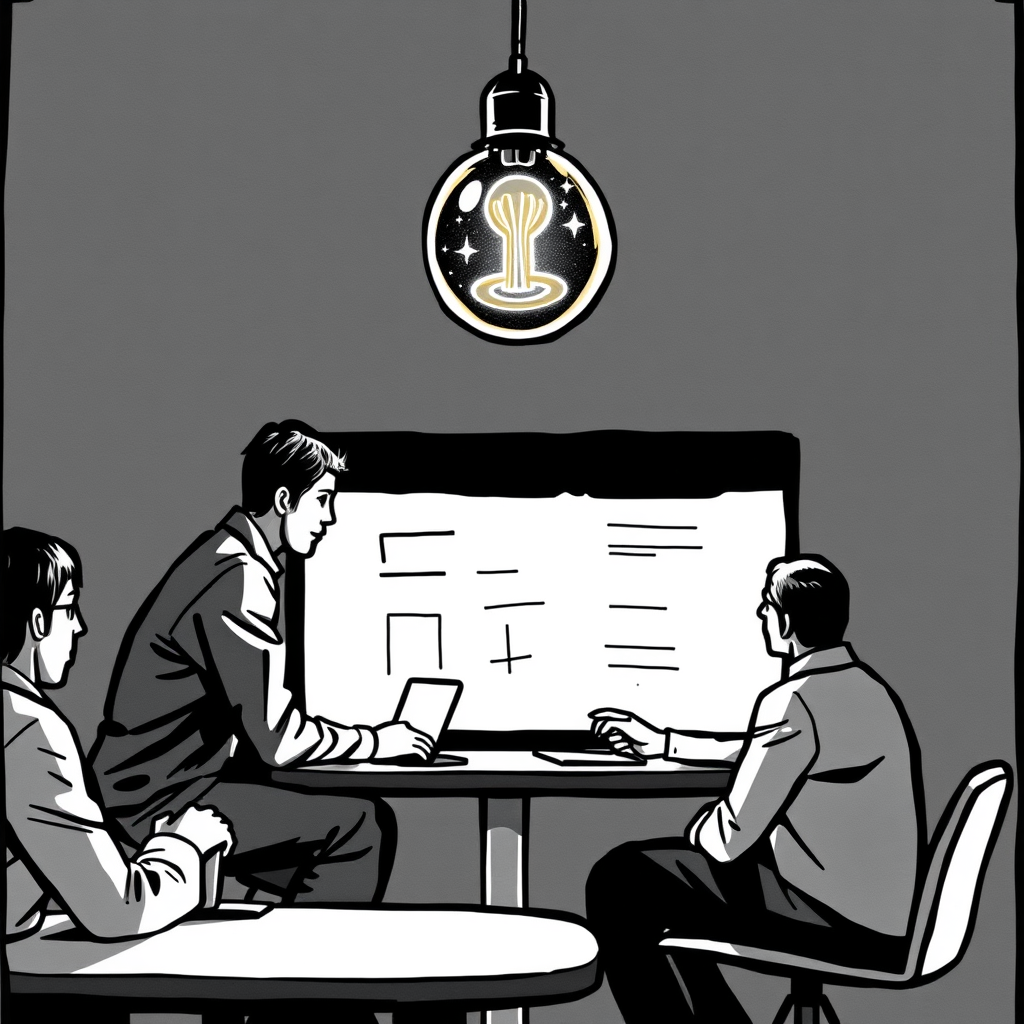Open innovation has become an essential collaborative approach today. It profoundly transforms the way companies and organizations develop new solutions. By relying on external ideas, this strategy accelerates both technological and social progress. Through this dynamic, a genuine ecosystem of exchange and shared creation emerges. As a result, open innovation is becoming a powerful engine for the future.
What Is Open Innovation?
Conceptualized by Henry Chesbrough, open innovation goes beyond the traditional boundaries of research and development. Instead of relying solely on internal resources, companies integrate ideas, technologies, and talents from the outside. Since knowledge is vast and widely distributed, harnessing collective creativity becomes a logical step. This approach therefore creates a unique and highly valuable synergy.
The Pillars of Collaborative Progress
The effectiveness of open innovation relies on several fundamental principles that ensure its success. To work properly, this approach also requires genuine organizational flexibility.
Transdisciplinary Collaboration
Open innovation projects bring together experts from diverse fields. In many cases, collaborations involve universities, startups, customers, and even competitors. Thanks to this diversity of perspectives, creativity increases and leads to more relevant and resilient solutions.
Knowledge Sharing
For open innovation to thrive, information sharing is essential. Collaborative platforms facilitate this exchange and break internal silos. As a result, ideas circulate freely and enrich every participant. This principle is one of the core foundations of the approach.
Acceleration of Innovation Cycles
By integrating external contributions, organizations shorten time-to-market. They also benefit from existing expertise, which speeds up the development of products and services. Consequently, challenges are addressed more quickly, and competitive advantage is strengthened.
The Societal Benefits of Open Innovation
The impact of this approach goes far beyond the business world. It contributes to significant progress in several areas:
-
Access to education: collaborative platforms create innovative learning tools, making education more accessible.
-
Healthcare: shared research accelerates the discovery of treatments and improves the quality of care.
-
Sustainable development: ecological solutions emerge through cooperation across sectors, helping protect the environment.
To better understand collaborative development methods, you can also read our article on Agile Methods in Software Development.
Implementing Open Innovation
Adopting this approach requires a clear strategy and an organizational culture rooted in openness. While it represents an investment, the resulting benefits are considerable.
Establishing Strategic Partnerships
Identifying the right partners is a crucial step. It is therefore important to look for complementary actors who share the same goals. A relationship of trust must be built and formalized to ensure successful collaboration.
Promoting a Culture of Openness
To encourage open innovation, organizations must foster transparency, curiosity, and knowledge sharing. Failures should be seen as learning opportunities. Moreover, inspiring leadership plays a key role in building collective engagement.
Understanding the Foundations
To further explore this concept, you may refer to Understanding the Concept of Open Innovation – Henry Chesbrough, an essential resource that explains the origins and theories behind this visionary approach.
Ultimately, open innovation is not a passing trend but a strategic necessity. It drives technological and social progress while encouraging collaboration and sharing. Thanks to this approach, organizations develop solutions that are faster, more relevant, and more sustainable. Embracing open innovation means preparing your organization for a more collaborative future and building a positive, lasting impact.
